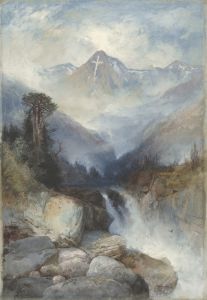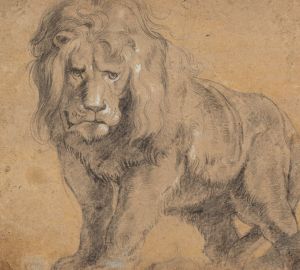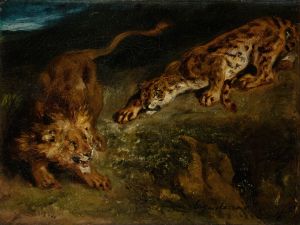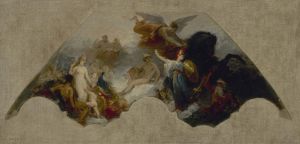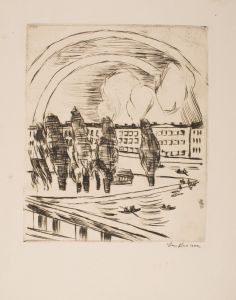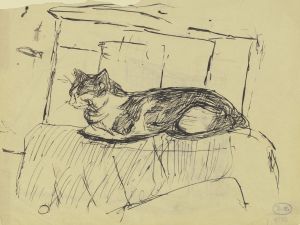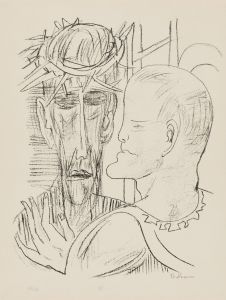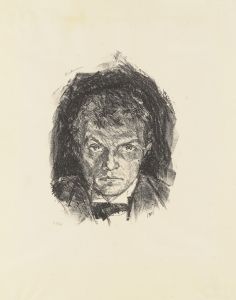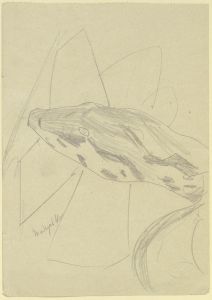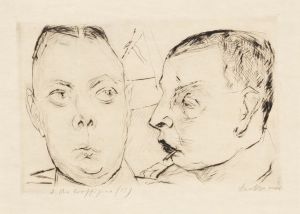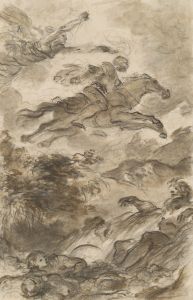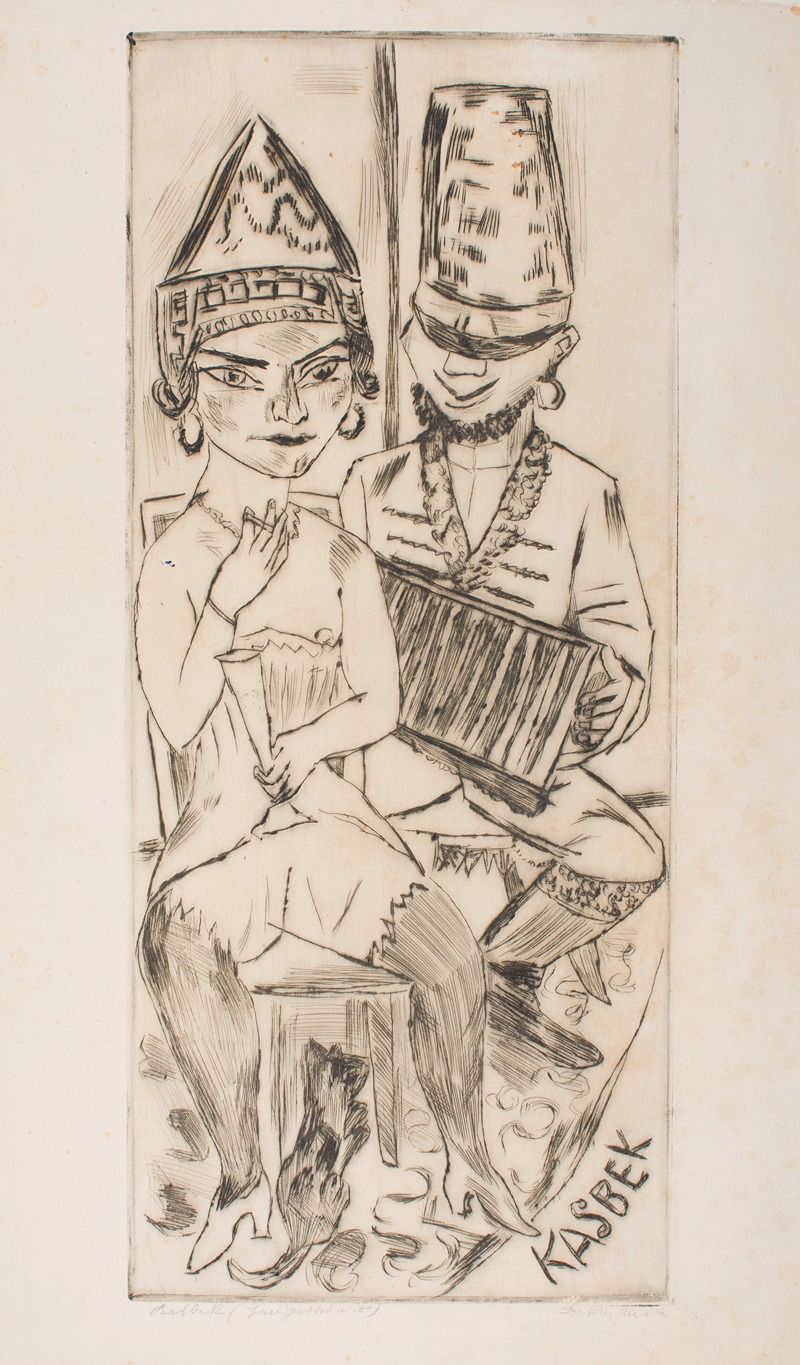
Kasbek
A hand-painted replica of Max Beckmann’s masterpiece Kasbek, meticulously crafted by professional artists to capture the true essence of the original. Each piece is created with museum-quality canvas and rare mineral pigments, carefully painted by experienced artists with delicate brushstrokes and rich, layered colors to perfectly recreate the texture of the original artwork. Unlike machine-printed reproductions, this hand-painted version brings the painting to life, infused with the artist’s emotions and skill in every stroke. Whether for personal collection or home decoration, it instantly elevates the artistic atmosphere of any space.
Max Beckmann was a prominent German painter and printmaker, known for his unique style that combined elements of Expressionism, New Objectivity, and a personal form of modernism. While Beckmann is widely recognized for his complex and often allegorical works, there is limited information available specifically about a painting titled "Kasbek" by Max Beckmann.
Max Beckmann was born on February 12, 1884, in Leipzig, Germany, and he developed an interest in art from a young age. He studied at the Weimar Academy of Arts and quickly became involved in the German Expressionist movement. However, Beckmann's style evolved significantly over the years, moving away from the more abstract tendencies of Expressionism towards a more structured and figurative approach.
Beckmann's work often reflects the tumultuous socio-political landscape of early 20th-century Europe, including the impact of World War I and the rise of Nazism. His paintings frequently explore themes of human suffering, existential angst, and the complexities of modern life. Beckmann's use of bold colors, dramatic compositions, and symbolic imagery are characteristic features of his art.
Throughout his career, Beckmann produced numerous paintings, drawings, and prints, many of which are held in major art collections around the world. His works are known for their intense emotional depth and intricate narratives, often drawing on mythological, biblical, and literary references.
While specific details about a painting titled "Kasbek" by Max Beckmann are not readily available, it is possible that the title could refer to Mount Kazbek, a prominent peak in the Caucasus Mountains. This mountain has been a source of inspiration for various artists and writers due to its dramatic landscape and cultural significance. However, without concrete information, it is not possible to confirm the connection between the painting and the mountain.
Max Beckmann's legacy as an artist is significant, and his works continue to be studied and appreciated for their profound impact on modern art. He spent the latter part of his life in the United States, where he continued to paint and teach until his death on December 27, 1950, in New York City.
In summary, while Max Beckmann is a well-documented and influential figure in the art world, specific information about a painting titled "Kasbek" is not available in existing records. Beckmann's broader body of work remains a testament to his skill and vision as an artist, and his contributions to modern art continue to be celebrated.





